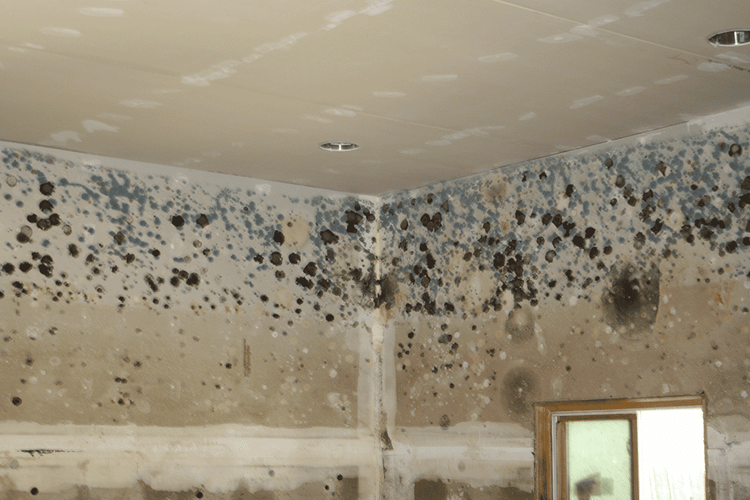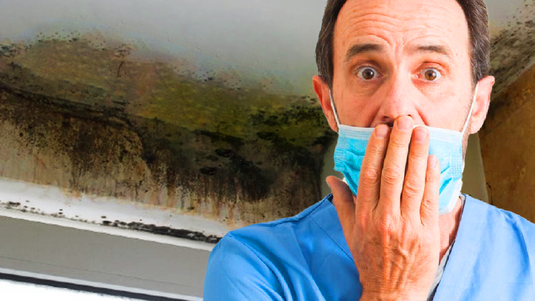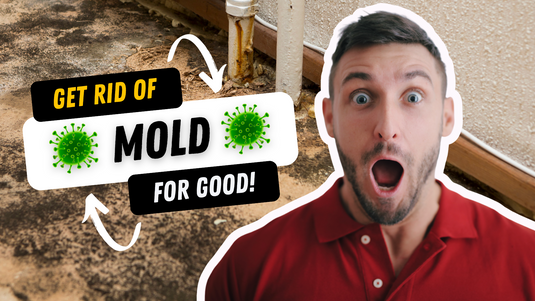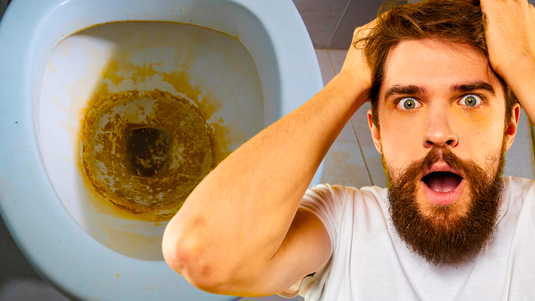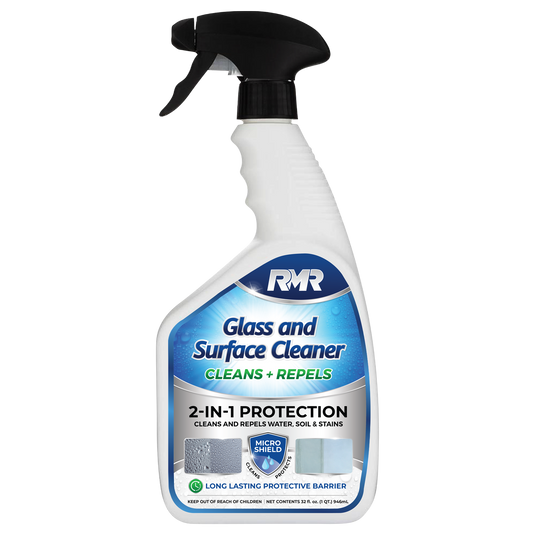Mold can have a substantial impact on your standard of living. It can negatively impact a number of health conditions, it can create ugly sights and smells in your home, and it can cost you an unfortunate amount of money to clean up. That is why EPA guidelines for mold remediation are so strict.
Because of all the problems that mold poses, the Environmental Protection Agency (EPA) has compiled a helpful set of resources intended to help inform those who are struggling with mold problems in their homes or places of business. They also contain information about preventing mold growth in the first place--which is an obviously preferable option. An ounce of prevention is worth a pound of cure, as the old saying goes.

For those who have a bit of time for further research, visiting EPA.gov/mold is certainly recommendable--it features a pragmatic mix of links to serious scientific research and simplified explanations, as well as an interactive “house tour” that shows renters and homeowners where mold is most likely to grow. This feature is especially useful because, as you may be aware, identifying (and, thus treating) mold quickly is the key to stopping an infestation before it grows out of hand.
For those looking for the “CliffsNotes version”, here is a quick rundown of the guidelines posited in the EPA’s informational mold pages:
1. Be aware of the health impact of mold. Allergic reactions, asthma attacks, and a variety of other illnesses, both respiratory and otherwise, can be aggravated by exposure to mold. In the long term, mold can even help cause disease and injury, especially in the case of so-called “toxic molds” such as black mold.
2. Removing mold spores from the air is impossible. This news sounds a little worse than it is: after all, the EPA also points out that every home is inevitably going to have at least some mold spores in it, and as long as the mold count is reasonable the human body is not going to be impacted. Nonetheless, it does underscore the importance of treating mold quickly in order to keep the number of mold spores in the home to a minimum.
3. Removing moisture is a necessary component of mold remediation. Without taking this step, it’s only a matter of time until the mold returns.
4. Identify the source of moisture--keeping in mind that it may be more than what you expect. Sometimes, the source is quite obvious, such as a busted water pipe. Other times, it’s a complex equation of humidity caused by a variety of sources.
5. Mold should be thoroughly cleaned. Without killing off the entire mold colony, your attempts at mold remediation will not be effective. This means using a powerful cleaning product capable of treating mold on contact and penetrating porous surfaces in order to reach mold protected by its host substance.
6. With moisture and nutrients, mold can grow virtually anywhere. Stay vigilant and act fast in order to prevent buildup and colonization!
Find RMR Solutions today and discover incredible products such as the RMR 86 Mold Stain Remover!

